Author: Luca Ferroglio
Leerdam, Netherlands
August 26, 2025
Nestled in the Tyrrhenian Sea north of Sicily, the Aeolian Islands evoke a sense of ancient myth and untamed beauty. With seven main islands, each offering its own palette of volcanic landscapes and Mediterranean charm, the archipelago is an irresistible destination for adventurers seeking a blend of wild nature and cultural heritage.

As an Italian by birth, I had been visiting most of the Islands since I was a child. There’s an irresistible strength pulling me there: emerald coves, black sand beaches, and towering cliffs.
This year, I was determined to discover the beauty of these places with my TRAK 2.0.
As a teenager, I remember reaching the islands with organized trips. These trips depart from Sicily and guide visitors around some of the islands in the comfort of a motor boat. Perfect to get a sense of what the coasts have to offer, but certainly not enough to actually fully enjoy them. Almost like a teaser.
It shouldn’t come as a surprise then that since I started paddling, few years ago, I knew that the Aeolian Islands were my “ultimate” goal. A kayak would have allowed me to rediscover these places at a slower pace and in a more intimate way.
You see, a kayak is very special in that it allows you to cover considerable distances if you put in the effort. Yet, it also enables you to slow down, to be silent, to get as close as you want to where you want to be.
So here I am now, going back with my memory to those beautiful days I spent on the water, and already looking forward to being there again next time.
Vulcano, my starting point

I have a close paddling friend staying on one of the islands: Eugenio lives on Vulcano, the southern of the 7 sisters. He is the man behind Sicily in Kayak, a kayak outfitter company, renting paddle equipment and guiding kayak tours across the islands. My initial plan was to go paddle together for the week I would have been staying on the Island. His nautical base is right on the east beach of Vulcano, a perfect location to launch and land, and start exploring.
Fate always has a say though, and this time it decided that Eugenio couldn't paddle with me.
There I was, ready to continue this adventure on my own—or almost!
In fact, Eugenio was renting out some kayaks to some tourists, on the first day, and he asked me if I was feeling comfortable with joining and guiding them along their tour.
This was for me a wonderful opportunity to gain some experience as a kayak guide. While I was not officially appointed, I was de facto getting the responsibility to guide the tourists around, tell them about the places we were seeing, and making sure they were safely getting back home!
So, there I was: my TRAK was mounted and ready to get in the water, and three tourists were super excited to follow me.
 Above: Spiaggia delle Acque Calde, Vulcanello, and the other Aeolian Islands in the distance
Above: Spiaggia delle Acque Calde, Vulcanello, and the other Aeolian Islands in the distance
We started paddling south, along the east coast of Vulcano. Paying some attention to the ferries and hydrofoils often reaching and leaving the local harbor, we reached the cliffs and caves which surround most of the island.
Vulcano is made out of four different volcanic cones. Different materials were being erupted through time, and the effect is pretty well visible from the sea. Water and wind erosion have been excavating caves and cut cliffs, formed bays and stacks. The tourists were fascinated by beauty of the place, as I was doing my best to explain how the island formed, and what its history was.
Vulcano is home to a variety of bird species. You can imagine how curious they were to look at this group of people sitting in their boats. A very reciprocal curiosity, as you can guess.
There’s also a farmer on island, breeding goats (and producing some amazing goat cheese, absolutely worth trying out!). The goats are left free to graze on the slopes of the main volcanic cone, and the valleys surrounding it. Turns out that some of these goats started breeding in the wild, and now the island is host to a large group of these animals living in the wild. And can you guess where they love to spend some time? Yes, you got it—on the rocks by the sea! Now, you can imagine everyone's surprise when we started seeing groups of goats, including kids, standing on pointed rocks by the water.
The crossing of the strait between the two islands is not too long, but it can be somehow intimidating. Especially when some wind picks up, and waves start forming, as it was the case that day. Yet, we were reaching the other side in no time, ready to discover some of the hidden coves and beaches of the largest of the Aeolian Islands.
We had the chance to play around rocks, enter caves, and paddle along beautiful cliff formations.
At the end of the day, when coming back to the starting point, everyone was ecstatic.
For me, it was the first time having almost full responsibility for other paddlers, and I was so happy I had been guiding them successfully. Their happy smile at the end was my biggest reward and made me realize how much I wanted to do this again!
The tour of Vulcano
On my second day, I wanted to circumnavigate the island.
I was going to be alone this time: Eugenio had to leave, and no other rentals were planned for the rest of the week.
There I was: on an early Tuesday morning, ready to launch my kayak for a wonderful adventure.
I had checked the weather forecast, and it was expected to be a mild day, but with some wind from the West picking up later in the day. I therefore planned to navigate counterclockwise: this way, I was going to be on the most exposed side in the morning, and I would have then been paddling on the more protected side in the afternoon.
Launching from the east coast, I directly went around “Vulcanello”. This peninsula is the resulting land formed by the eruptions of the northern volcano. Fun fact, the beach and area where I was launching from was not even existing until few centuries ago: the first evidence of a link between Vulcano and Vulcanello only dates back to the XVI century!
Going around the peninsula offers a fantastic view on Lipari and its stacks, standing tall in the middle of the sea. A nice memory of my earlier kayak trips on the islands, when I had the chance to reach them and play around (and below!) them.
Above: Playing around the Lipari stacks
Once on the west side of the island, I spent some time enjoying the Siren’s Rock, a beautiful rock formation easily visible from the west coast (but of course, much nicer if you can paddle just below it!).
Then my actual adventure really started. Yes, because the west side of the island is mostly exposed, with little to no landing places, often with vertical walls of rocks marking the limit between land and water.
The lava stones have been carved and shaped by natural elements over thousands of years. The result is something that only a direct experience can fully unveil.
Above: Rocks, cliffs, ultimately wild nature awaits for the paddlers daring to embark on this journey
I kept on paddling between coves and points, the waves crashing against the rocks, seagulls flying over me.
Until I reached it: the most amazing places I have been paddling to. The Horse Cave. It is a natural cave, formed by the action of the sea which, over times difficult for us humans to comprehend, has carved out the volcanic rock. About 40 meters deep, it’s one of the largest in Sicily. Entering it is an experience which is difficult to explain. It feels like suddenly leaving this world, to enter an alien one. The waves resonate around you, the light shining through the entrance reflects on the surface of the water and shines one the jagged walls. And sea is crystal clear. Everything feels like pure, powerful and perfect.
Above: Inside one of the many sea caves around Vulcano, it feels like being in a different universe
My journey then continued south, toward my designated lunch break point: the beach of Gelso. Not that I had many other choices actually: there’s barely any other area to stop until there!
Gelso is a very restful place, with its stony beach and its lighthouse. Not so many tourists reach it from the northern main town, and especially in low season. In fact, I had basically the whole place for myself. At least, if we don’t actually count the two locals who were working hard to re-arrange and clean the small bar by the beach. The high season was going to start in a few weeks, and you could see the preparation going on a bit everywhere on the islands. In a month, herds of tourists would have arrived. But not that day, not yet!
Above: A deserved rest on the black pebbles of the beach of Gelso
After eating my sandwich, it was time to paddle back to my starting point. I had been paddling along the east coast the day before already, but this time I was on my own, and I took some extra time to explore a bit better the coast. Along the way, of course I paid homage to the statue of the mermaid, sitting on top of a rock and waiting for Ulysses to come back.
Still a bit of time to play in the bubbling water in front of the Spiaggia delle Acque Calde (Warm Water Beach). Vulcano is in fact still active: fumaroles continuously emit boric acid, ammonium chloride and sulphur, easily visible especially on the top of the main volcano. Down by the sea, instead, one can find thermal muds just by the beach, and underwater gas emissions creating spectacular bubbling effects on the surface of the water.
This has likely been my best paddling excursion so far. Sure, I met a couple of boats during the day, but my exploration was mostly solitary, and I had the chance to feel in contact with this world, with my time and rhythm. It was the conclusion of an unforgettable experience. 14 nautical miles, and 4h45 minutes of paddling.
To Lipari, and back

Still enthusiastic from the previous day, and after a good night of sleep, I now wanted to not only reach Lipari, but explore as much of it as I could.
The wind which was picking up the day before was due to come back, still blowing from north west, but menacing to get stronger. I would have loved to circumnavigate this island as well, but wisdom told me it was better to keep it safe and only go paddling on the side protected by the inland heights.
Two days earlier, with the fellow tourist, I had already crossed the strait between Vulcano and Lipari, but this time the conditions were already worse: big long waves were making it an exciting navigation.
I loved it! While, obviously, a flat sea offers the chance to take it easy, and enjoy the environment, waves add spice and challenges to the mix. Especially with waves coming from the side, you need to properly time your strokes. But once you find the right rhythm, it’s a dance between you and the sea. The crossing eventually took only a few minutes, but it was so much fun!
Once on the other side, I started following the roots of the excursion from two days earlier. Ah, yeah... this small cave! And that hidden cove!
But soon it was time to explore uncharted territory.
What I love about paddling next to shore, with such jagged coastline, is that every time you turn around a point, you don’t know what to expect. Of course, you have been studying the charts, and I do have memories of these places since when I was a child, but I was never navigating so close to the cliffs, and never at these paces. So, everything comes as a surprise. And a surprise was to suddenly find myself in front of the city of Lipari, after surpassing the small beach where we were stopping not even 48 hours before.
While Vulcano has a very small population (the census in 2019 counted about 450 inhabitants!), Lipari is on a different scale, with about 10’000 people living mostly in the main city (and harbour) of the island. The view on the city from the sea is fascinating: developing in the middle of a huge bay, at its centre is the Castle of Lipari. This, together with a series of buildings erected 50 meters above the sea level, on the top of a volcanic rock. Together, they form a fortified citadel, which dominates the view on the Tyrrhenian Sea.
Above: Reaching the city of Lipari. The landscape is quite different from the untamed wilderness I faced when going around Vulcano
On the right hand, as seen from the sea, is the main harbour, where ferries and hydrofoils come and go at any time of the day. On the left side, instead, is the small square of Marina Corta, where fisherman’s boats find shelter.
Above: Enjoying the Marina of Lipari from my kayak, the Castle of Lipari in the back
I couldn’t resist the temptation to reach the marina. There, huge groups of tourists were boarding the various touristic boats promising ultimate experiences around the island. Well, I thought... that can’t be better than my private, silent experience, can it? Of course not... so there I was, after a short break, crossing the large bay (and keeping myself at a good safe distance from the maritime traffic), heading toward my next designated waypoint: the large promontory dividing the bay of Lipari from the beach of Canneto.
The population is not evenly distributed on this island; in fact, most of the inhabited centres lie on the east coast. The coastline is much less rough than in Vulcano, and the beach of Canneto is exemplar, in that respect: a long stretch of pebbles beach, backed by a lively village, and ending north with a series of houses built overlooking the sea. These house seem to come right out of a fairytales book: clinging on the rocks, with staircases cut in the cliffs to reach the water, and sea caves just underneath. While I enjoy wild nature mostly, I have to admit that this landscape was absolutely fascinating.
Continuing north, a few more beaches, cliffs and coves, until I was reaching one of the most characteristic, and captivating places along the east side: the former pumice stone quarries. From the sea, they look like an abandoned ghost town. And when I say ghost, it’s not only because no-one works or lives there anymore: the buildings and the quarries are completely white, almost blinding when the sun shines on them, and they reminded me of the shrouds of phantoms in the collective imagination. An abandoned pier still stands fierce, as if a container ship should arrive any time soon, to bring back action to the place. But for that day not, it was just me, with my small kayak, glad to have a chance to enjoy this silent, almost spooky view from the sea.
Just north of this, Punta della Castagna, the north-east tip of the island. By the time I was reaching it, I was already paddling for almost 9 miles, and I was starting to get somewhat hungry (would you blame me?).
Luckily, just around the corner is the town of Acquacalda, another village developing along the homonymous beach of pebbles, with hotels and restaurants waiting for summer to come, together with the numerous tourists who visit these areas during peak periods.
I had again my sandwich with me, though, so I could enjoy lunch on the beach, in the sun. A lot of people enjoy doing a tour of the island by bike, and Acquacalda is a perfect middle point for a break for them too. I remember when I was cycling around the island, as a teenager. It was probably July, or August, it was as hot as it can get around these places in summer, and I can remember how much sufferance it was to going some of the steep climbs around the island. As I was eating my lunch, and I was seeing bikers passing by, I was considering how different of an experience it was, to discover the island from my kayak, but also how happy I was having had the chance to experience both adventures.
Above: Can you imagine of a nicer place to have lunch?
Soon though, it was time to paddle back on my steps... oeps, sorry... on my strokes, I mean!
I would have loved to continue my adventure around the whole island, but weather was getting worse, and I wanted to be back not too late. There will be another chance anyway!
In a couple of hours, I was back to the strait dividing Lipari from Vulcano. By now, the wind had picked up even more, and some nice waves were welcoming me while crossing. A great way to end the day, with some fun and challenges!
When I finally landed on the Warm Waters Beach, I had been paddling for 19 nautical miles, in about 5,5 hours (excluding lunch break). The end of another amazing day.
Storm was forecasted for the rest of the week though... I was so much hoping to go and explore the western side of Lipari the days after, but I had to give up on my dream, for the moment. But if you’re not new to paddling and navigating by the sea, you know how it is: safety comes first. And when the day after winds started blowing, and rain started falling, I was glad I was deciding not to put my kayak in the water. Not a big deal though... Vulcano is beautiful also in its inland; a climb to the active volcanic cone and to Capo Grillo were perfect alternatives to excursions on the water. Not to count for the visit to one of the two small wineries found on the island, for a taste of the locally produced wines made from malvasia and ciliegiolo grapes (and a stop at the dairy for some goat cheese... of course!).
Above: The main volcano of Vulcano is still active, with fumaroles continuously emitting poisonous gasses
Until next time!
Paddling along the Aeolian Islands is more than a simple excursion; it is an encounter with history, nature, and wilderness. Each day revealed new facets of these volcanic gems: from the lively towns of Lipari to the untamed spirit and energy of Vulcano.
If you seek adventure on the water, the Aeolian coastline offers uncountable opportunities. Boarding on the hydrofoil to get back to mainland Sicily, I could not stop thinking about the beautiful moment I had been spending in and out of the water during the previous days. And how much I wanted to repeat this experience, maybe next time with a group of fellow kayakers. So here I am, writing these lines as an idea for a tour with other TRAK owners begins to take shape.


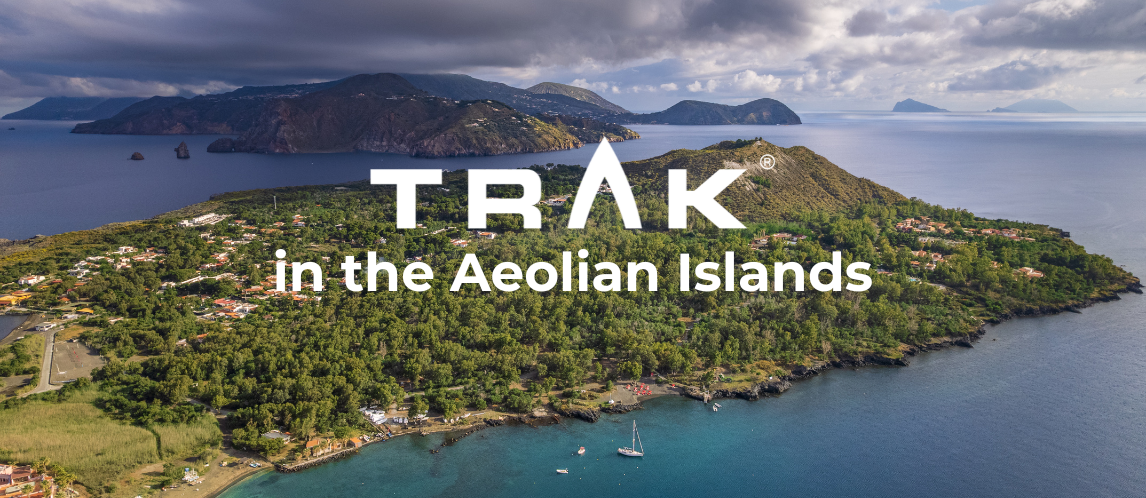


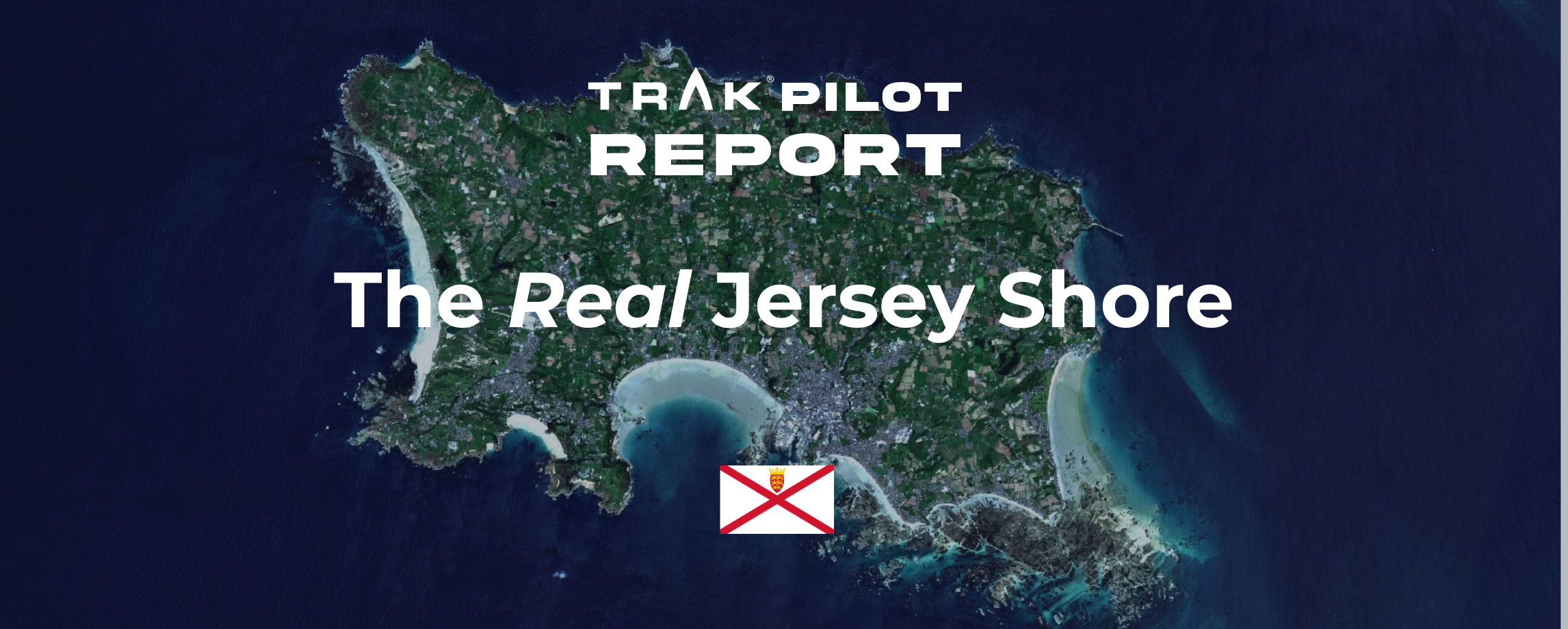
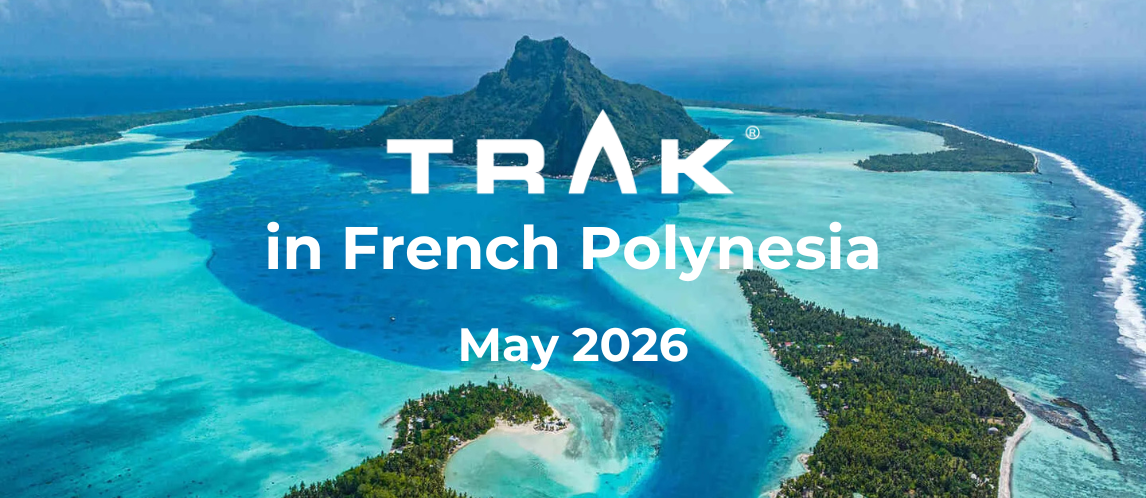
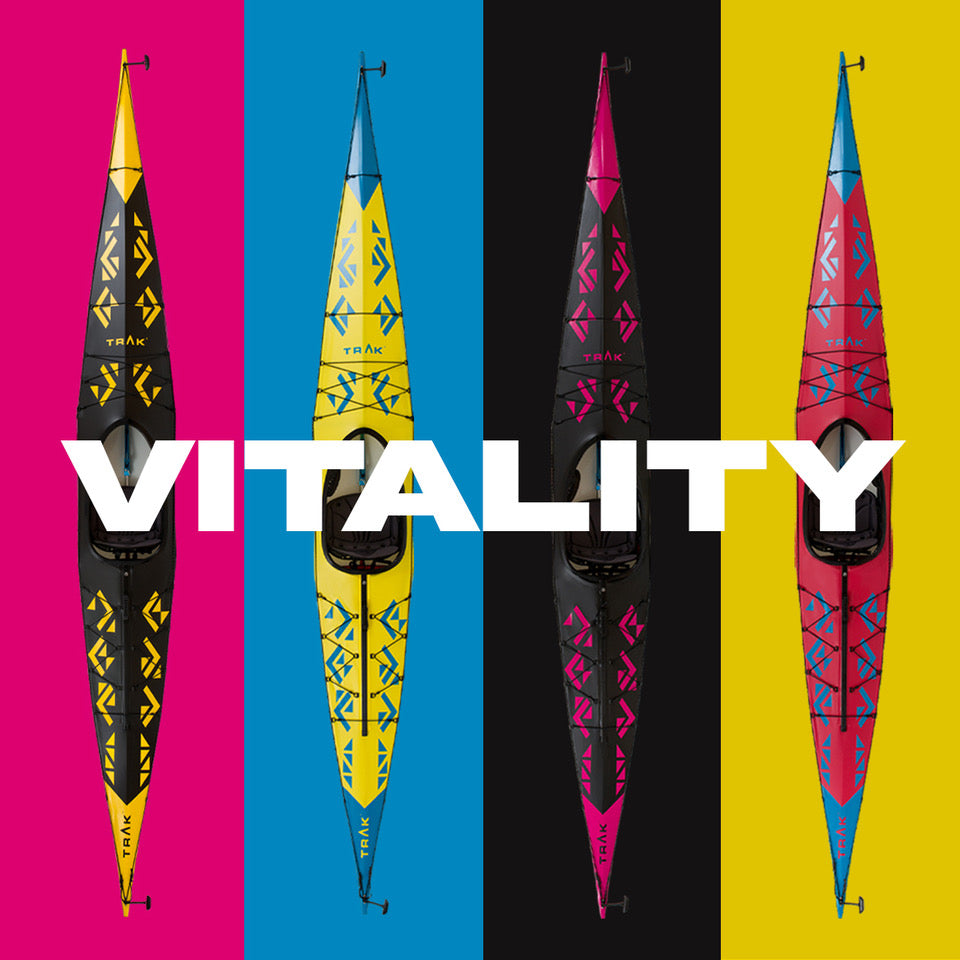
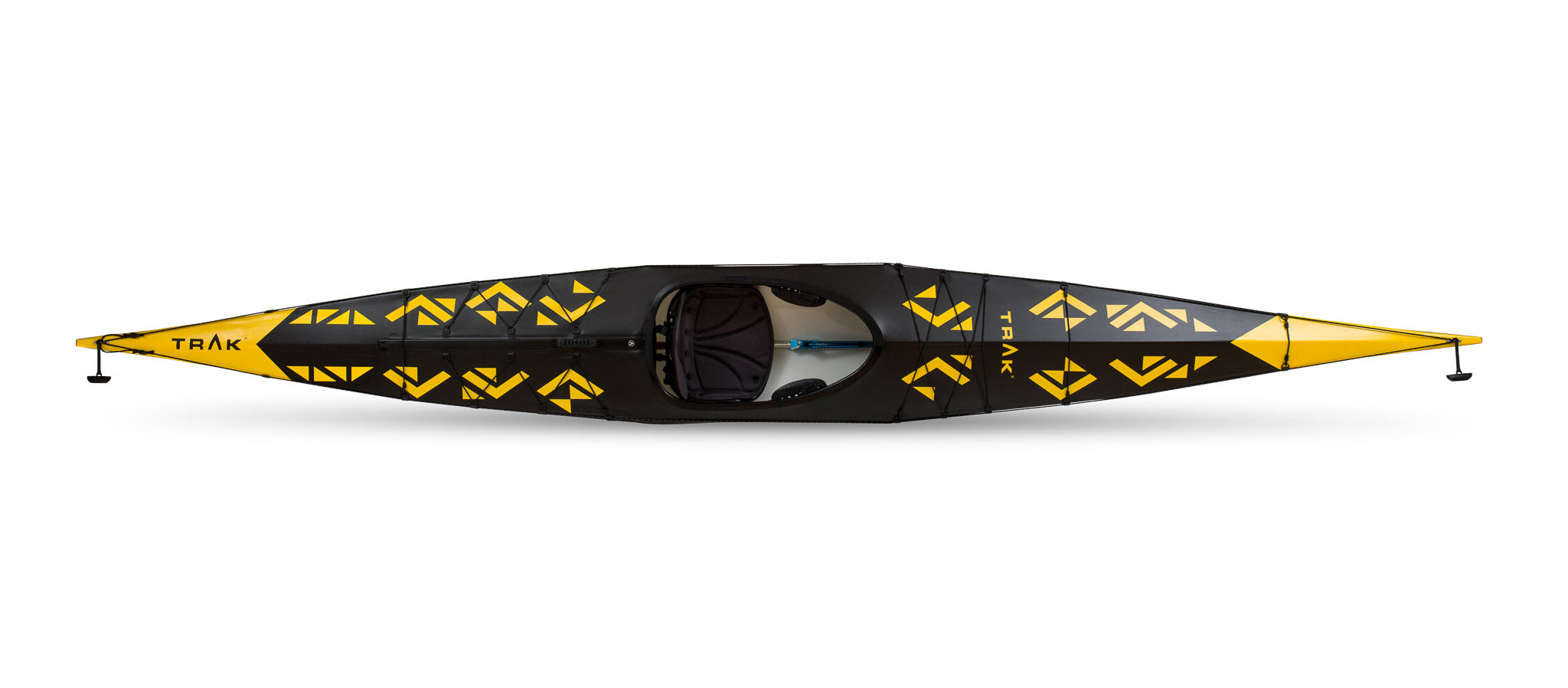
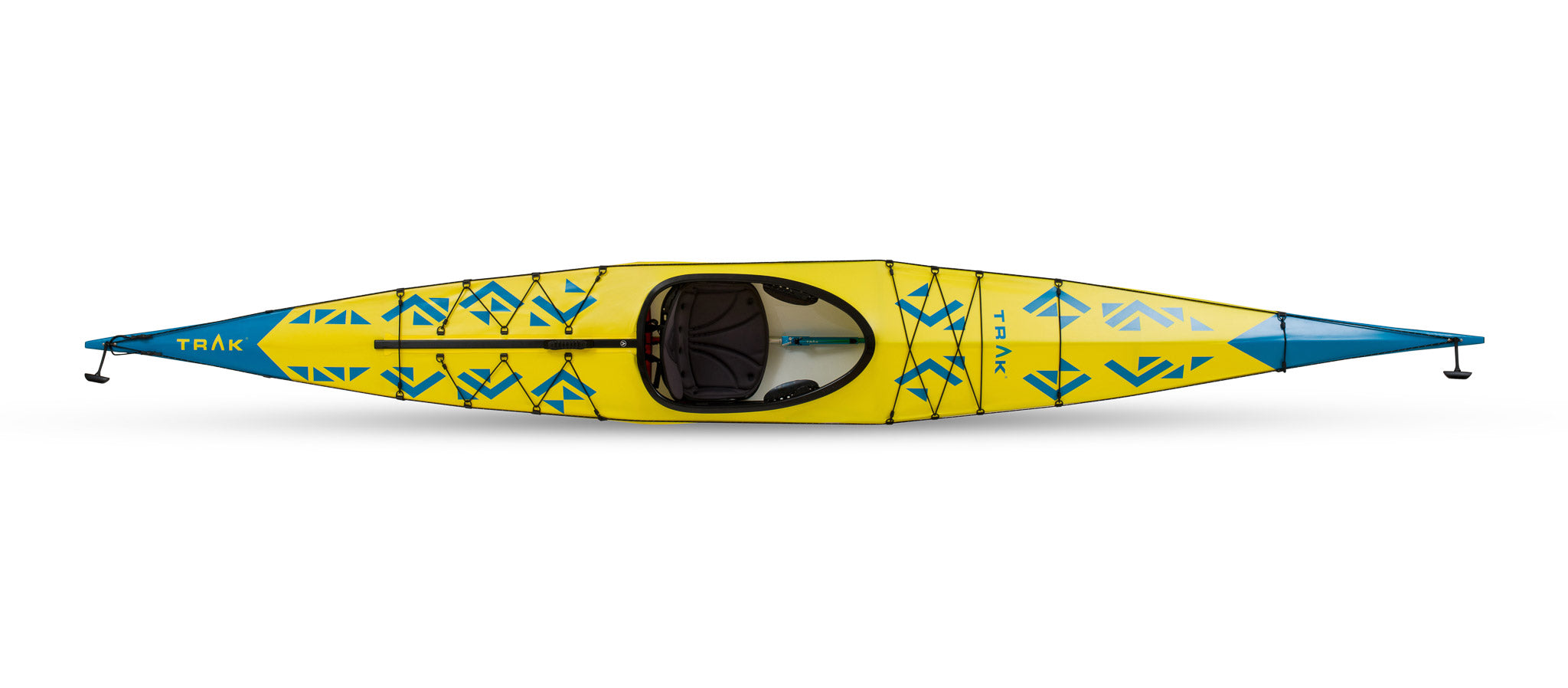
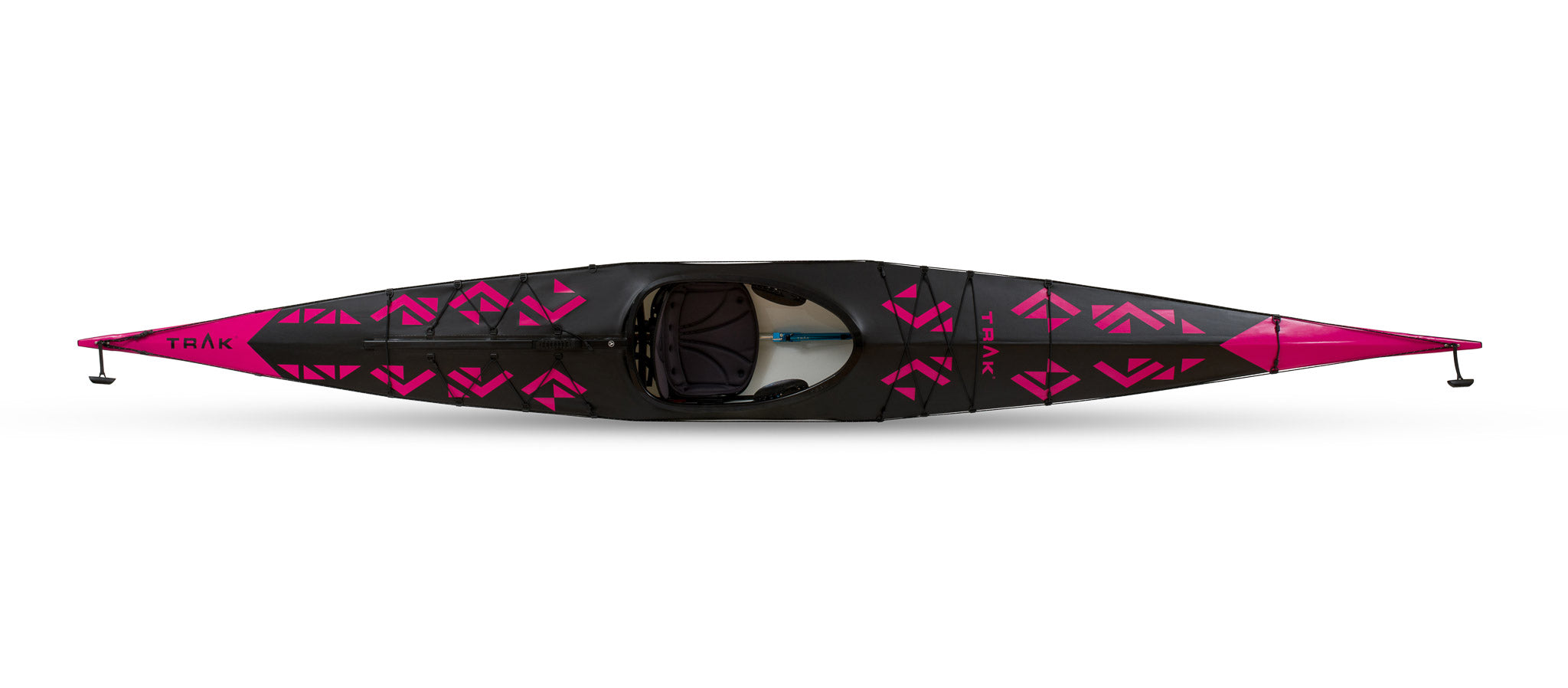

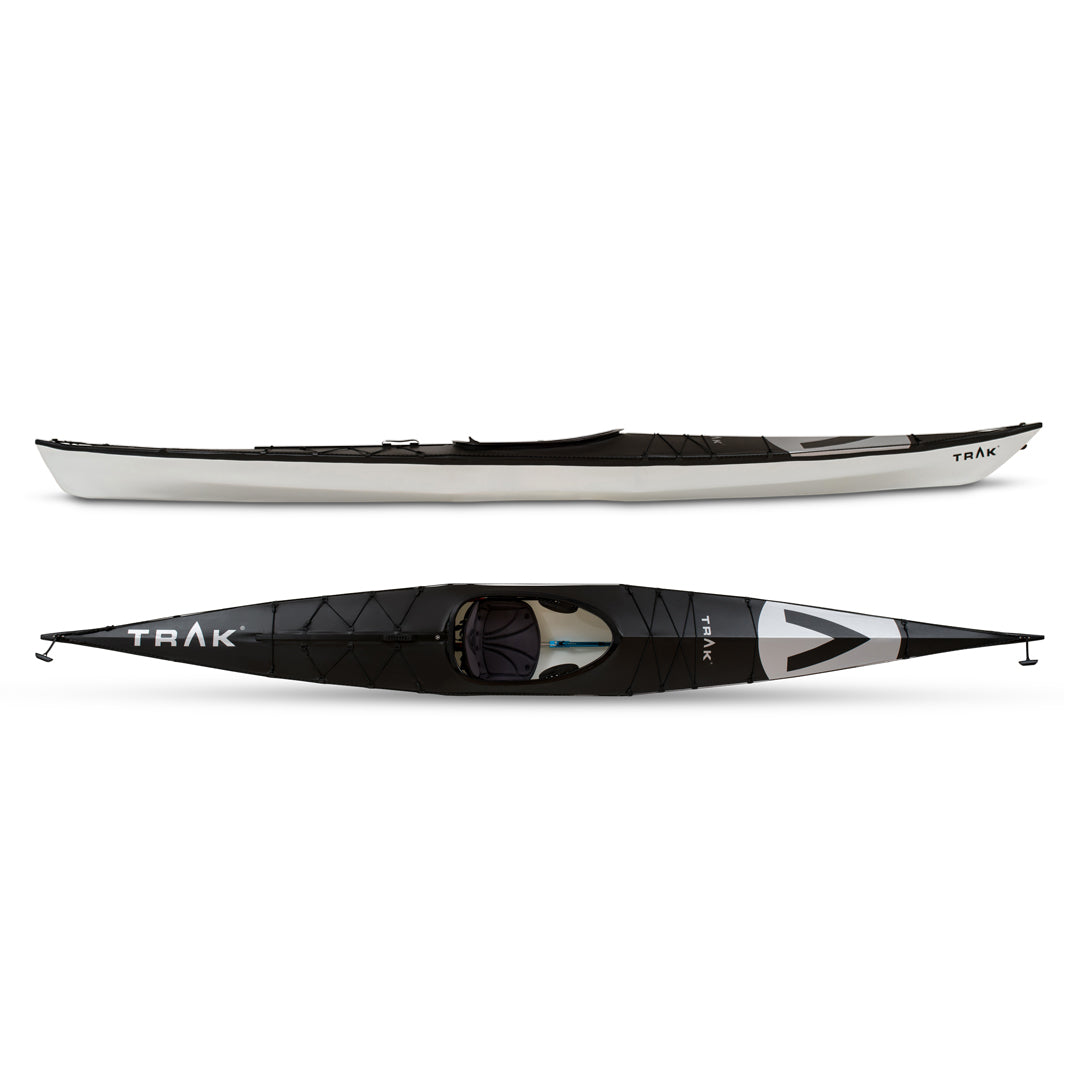
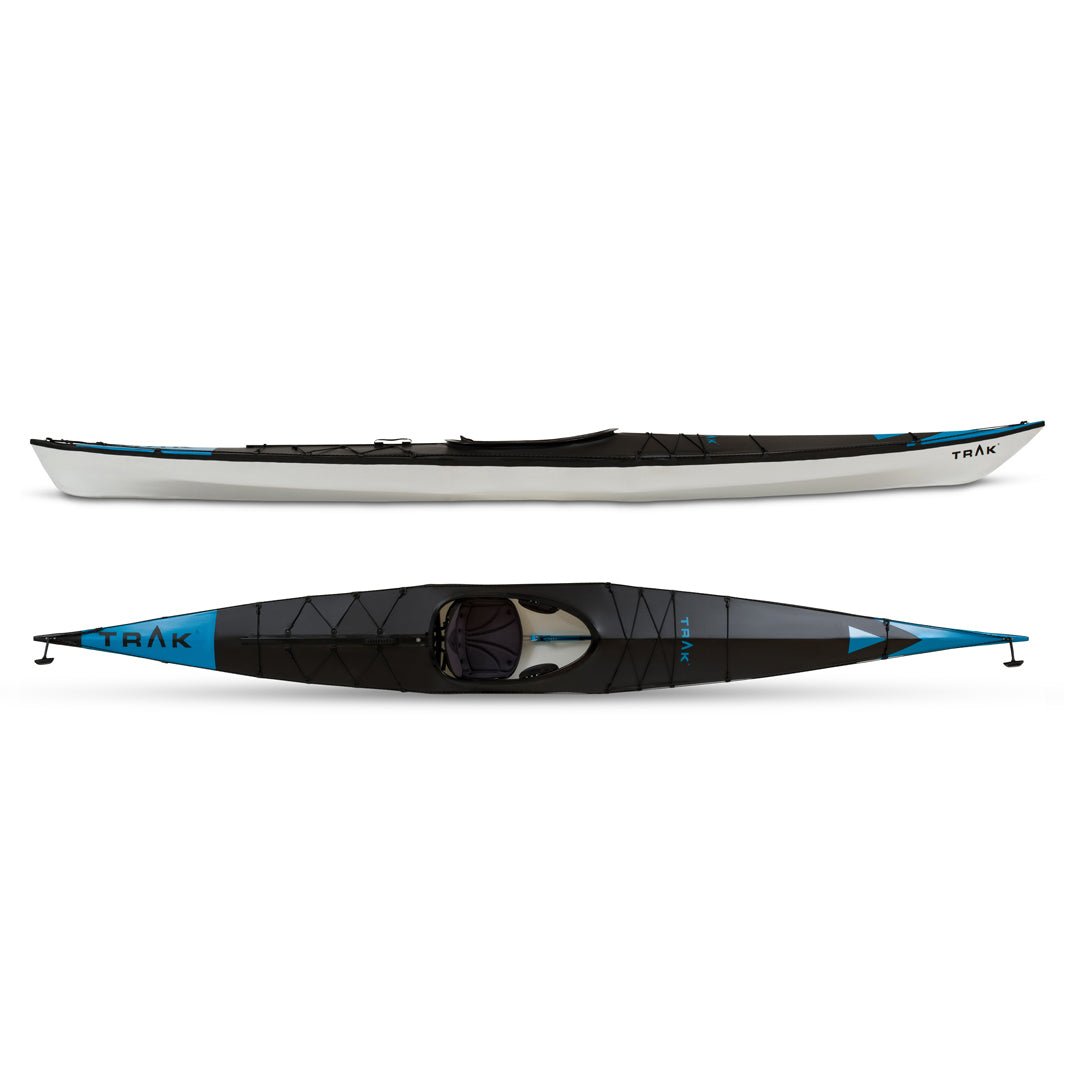
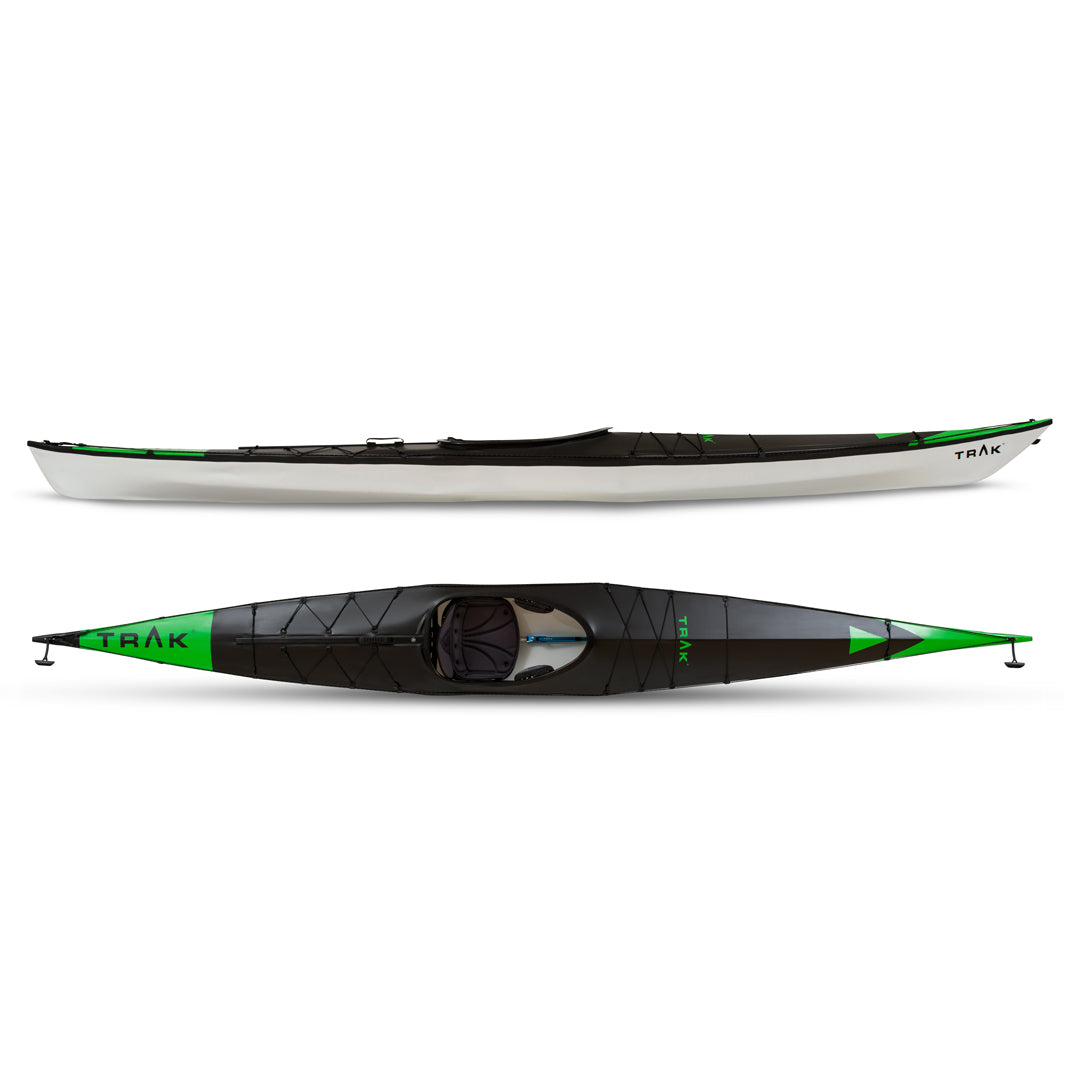
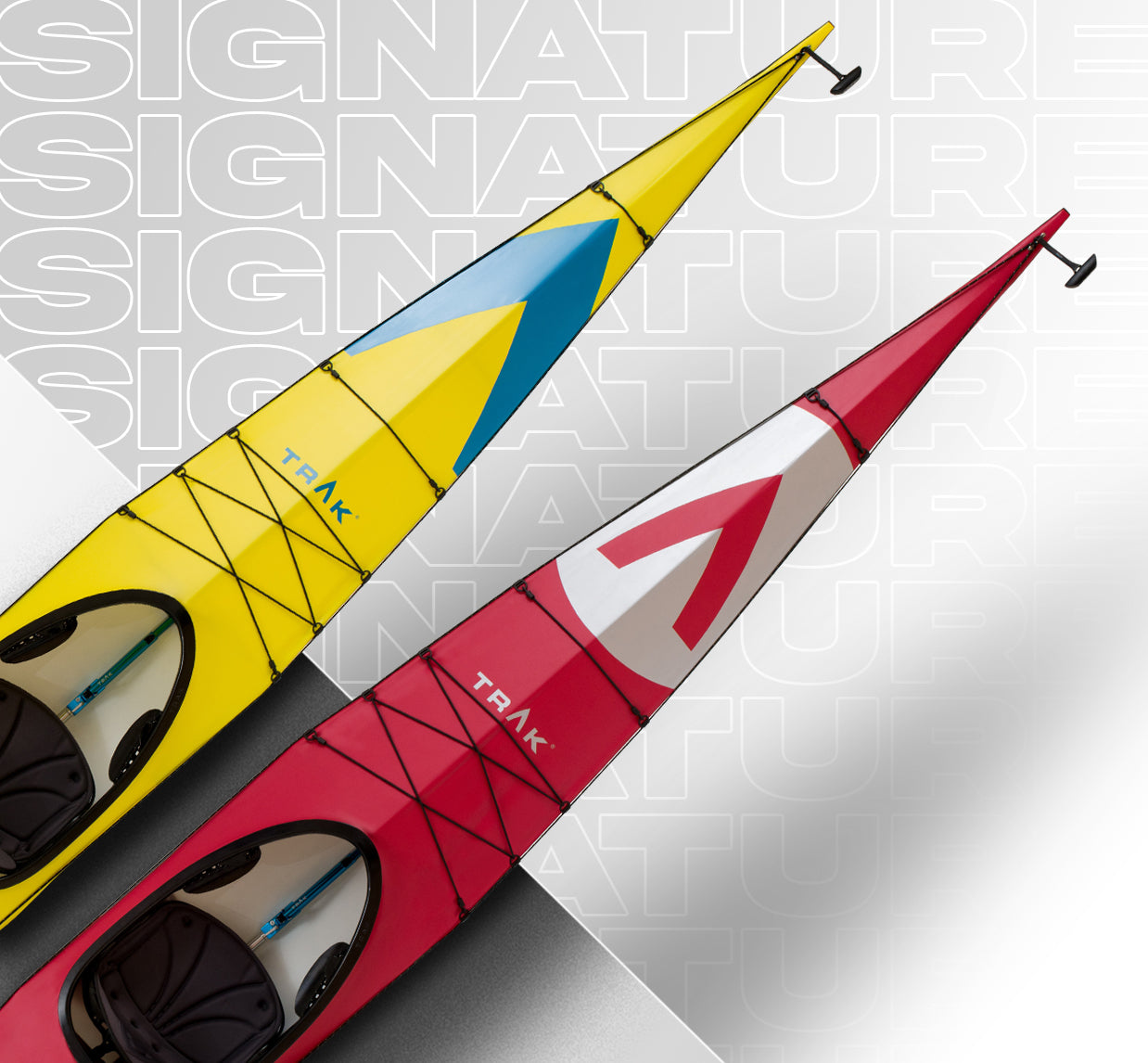
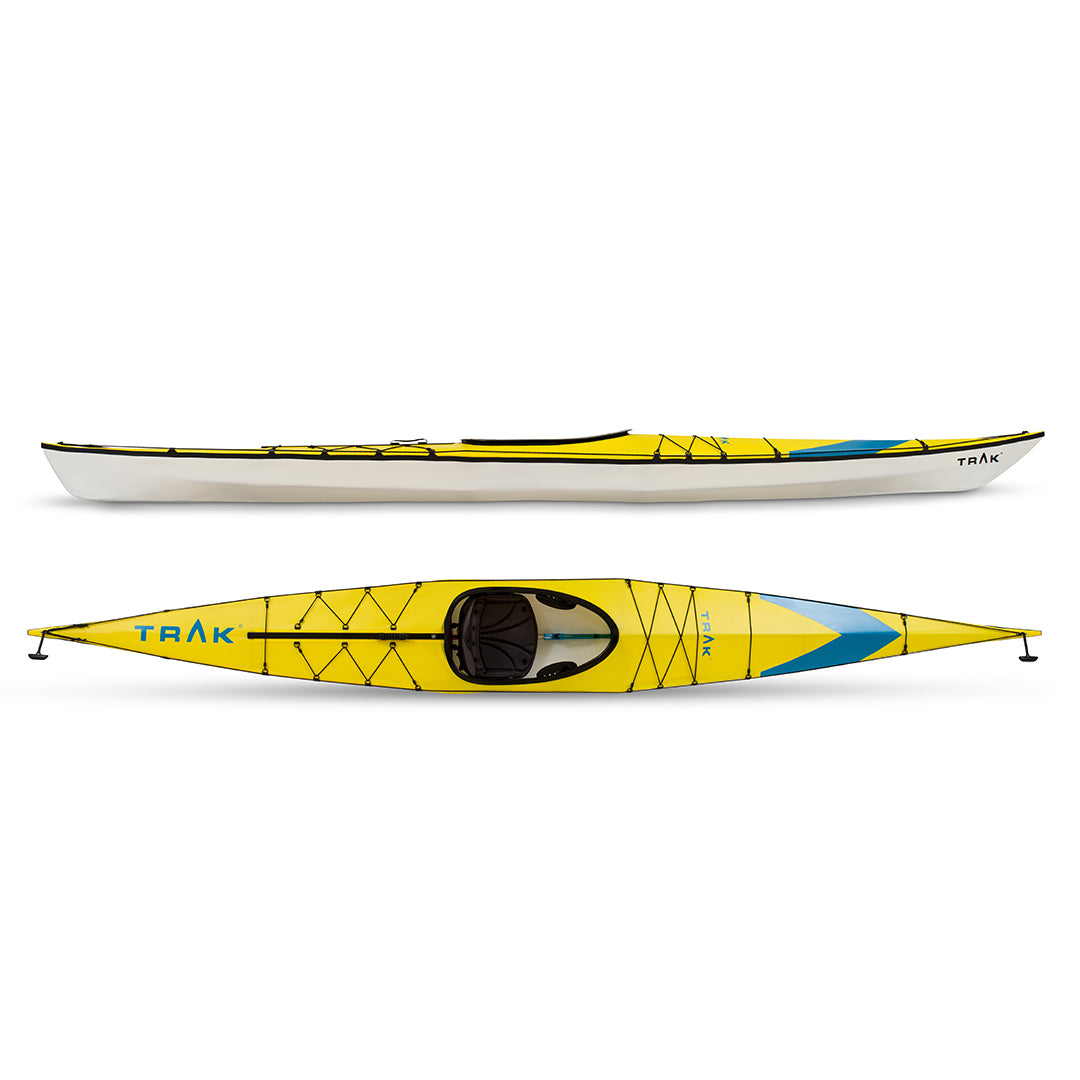
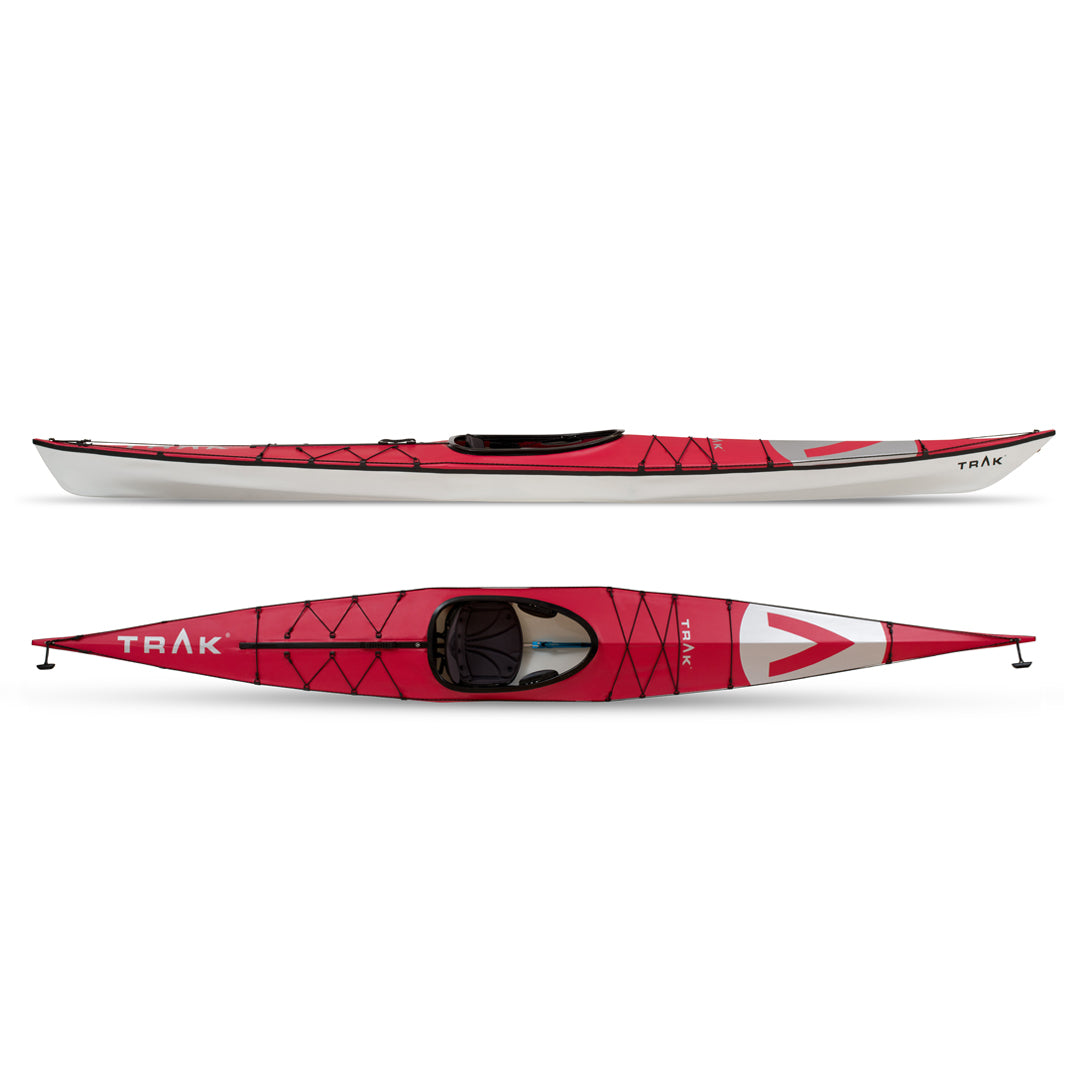

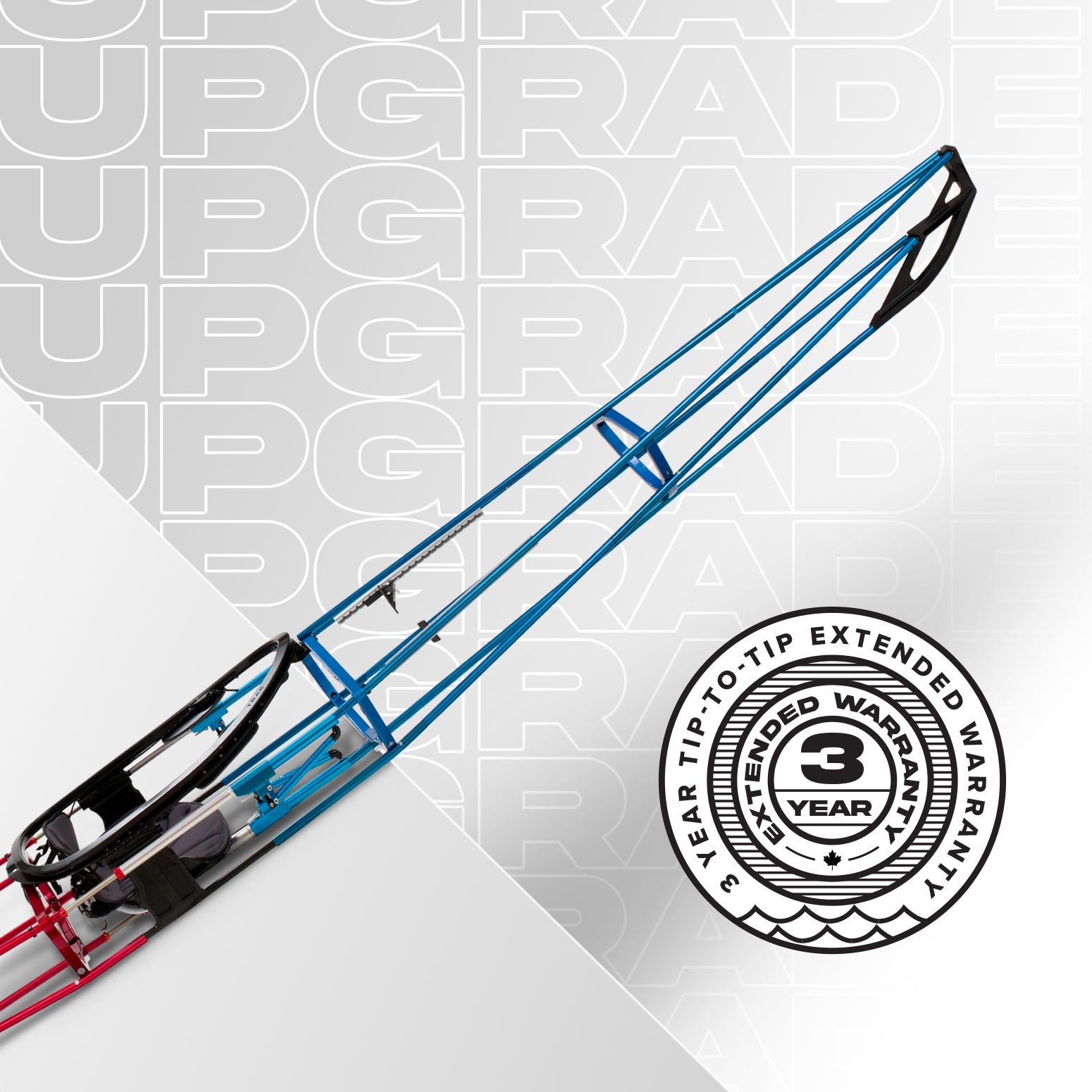
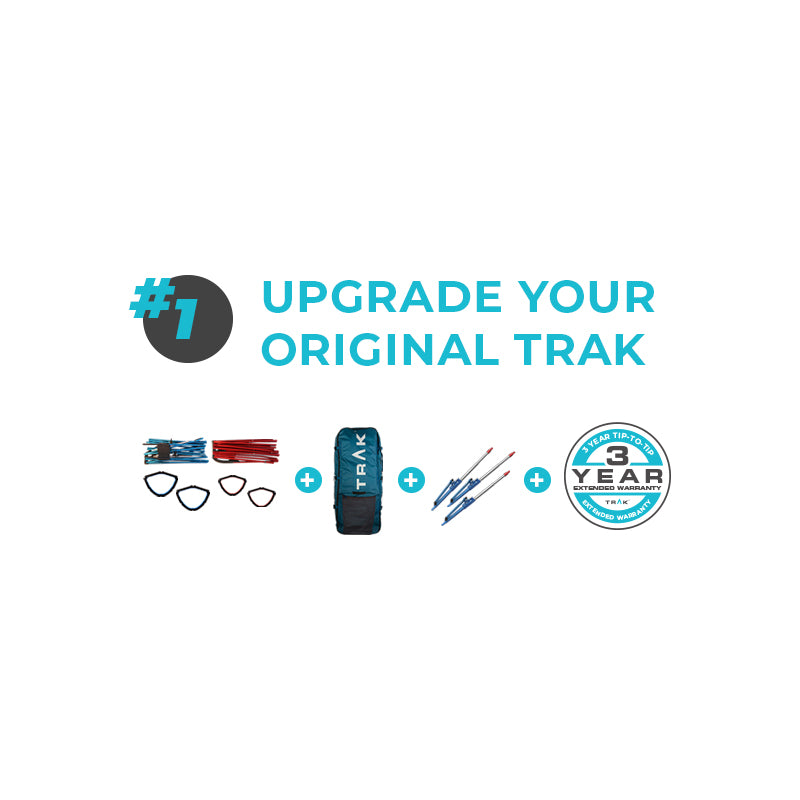
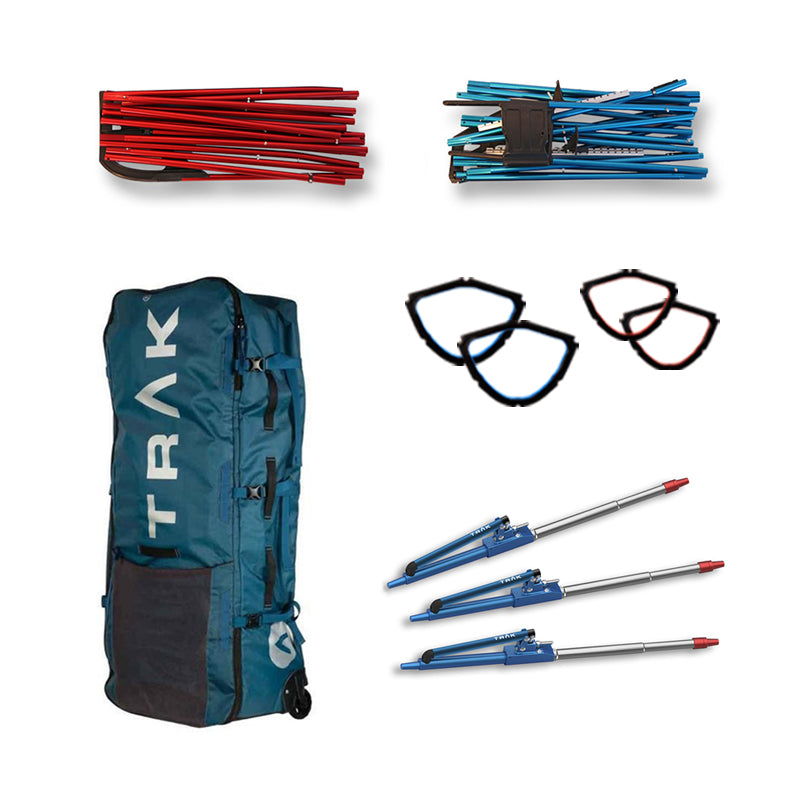
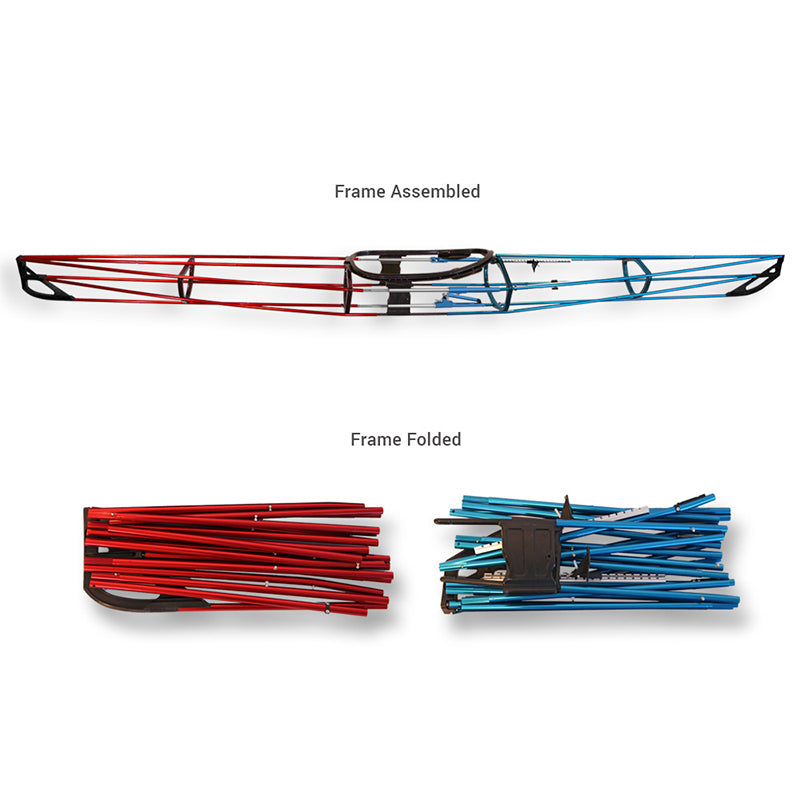

Share: